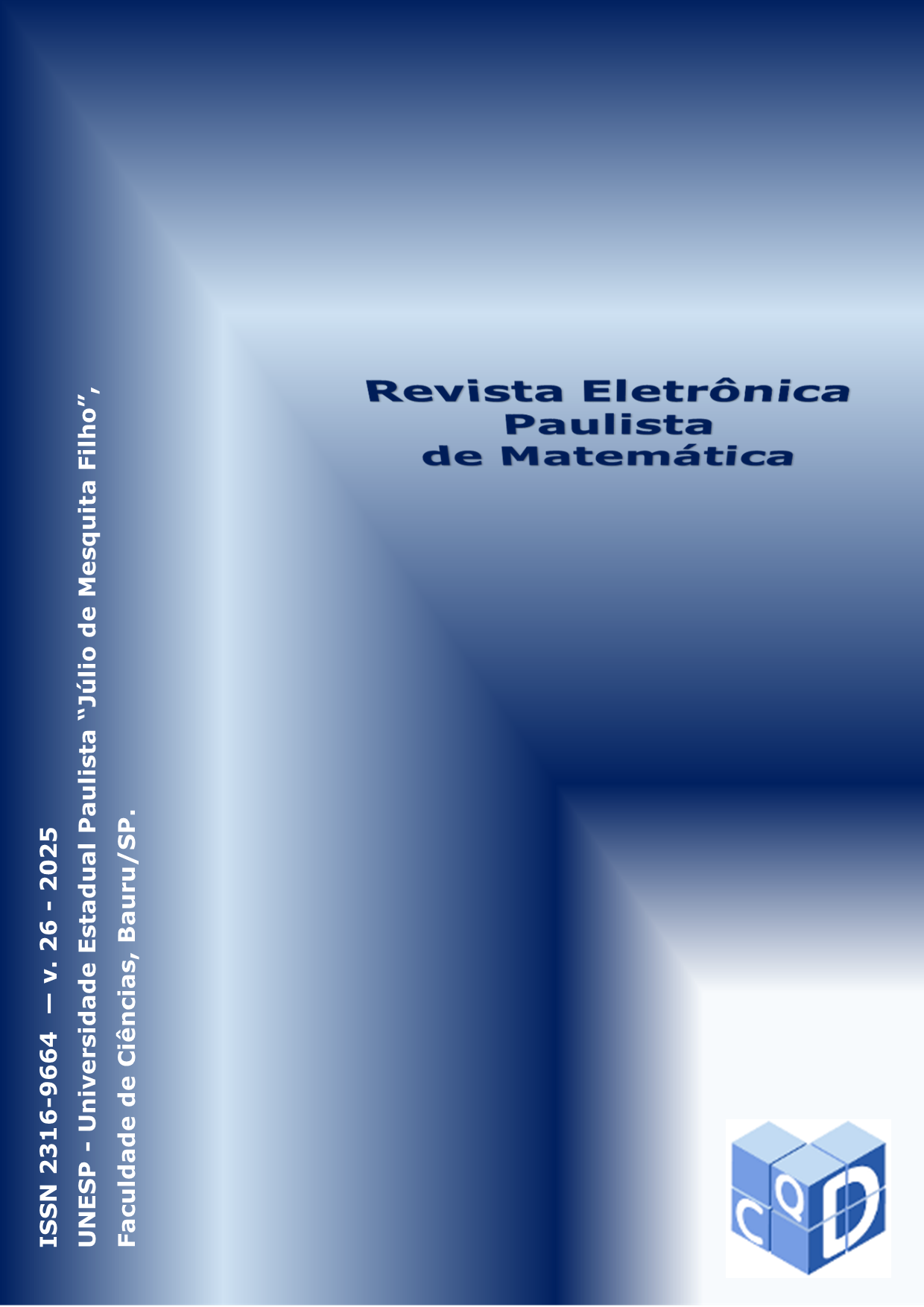Fuzzy model to check the susceptibility of young people in relation to fake news
DOI:
https://doi.org/10.21167/cqdv26e26002Keywords:
Lógica Fuzzy, Fake news, Sistema baseado em regras fuzzy, Notícias falsasAbstract
Known as fake news, the various forms of misinformation have become a major vulnerability in today's world. They can influence, shape or distort our perception of what is real. In this work, we present a Fuzzy Rule-Based System (FRBS) with the objective of establishing an appropriate modeling that allows inferring how susceptible, in terms of believing and/or sharing; a person may be when faced with fake news. To do this, we use data collected from online forms from participants in one of the Project modules titled “Artificial Intelligence: from Logic to Humanities” supported by CNPq. The data was used to feed a fuzzy model that allows inferring the participants' degree of susceptibility to misinformation. The results showed that in a sample of 42 project participants, only 9.5% had a high degree of contamination by “fake news”. The internal validity of the model was established by comparing the results obtained through the FRBS with a manual analysis of the data by the expert.
Downloads
Published
How to Cite
Issue
Section
License
Copyright (c) 2025 C.Q.D. - Revista Eletrônica Paulista de Matemática

This work is licensed under a Creative Commons Attribution 4.0 International License.


